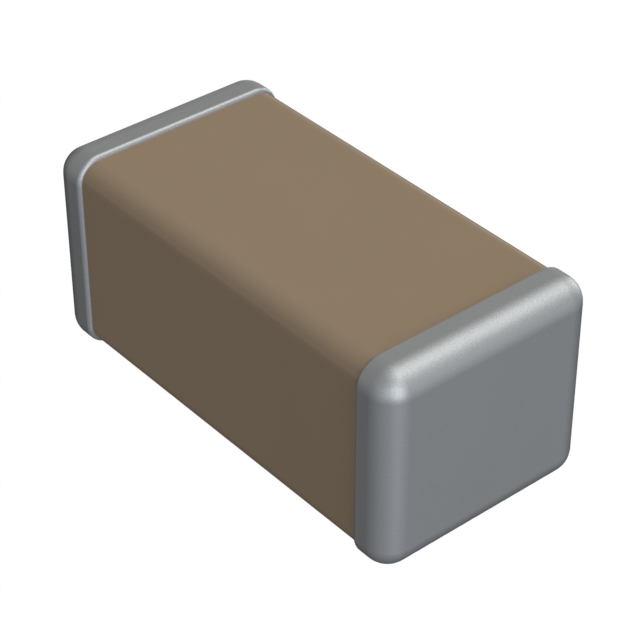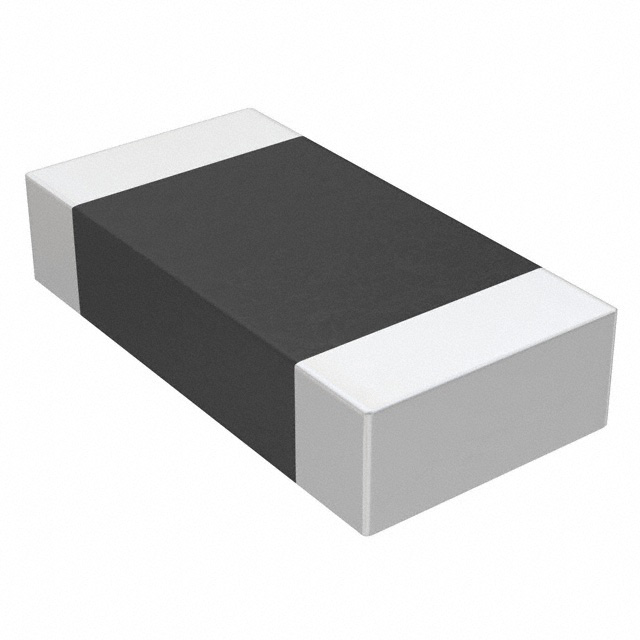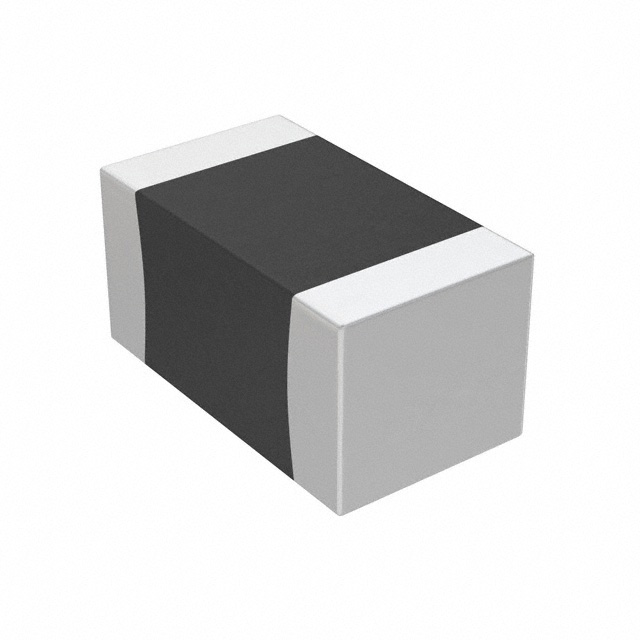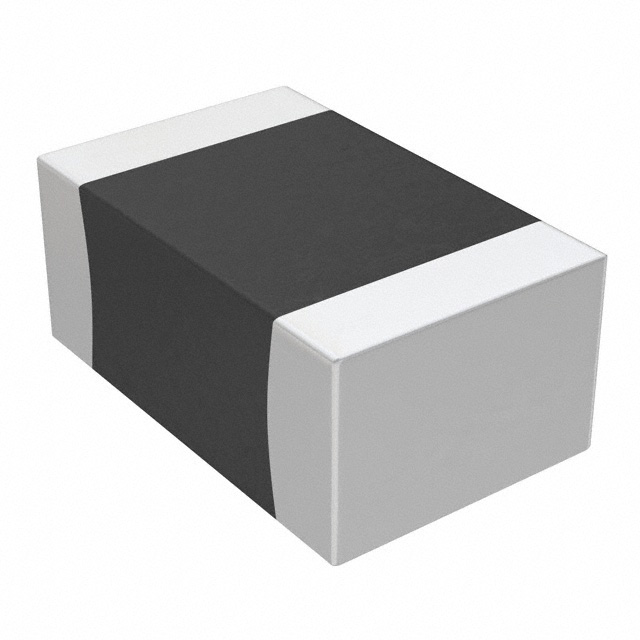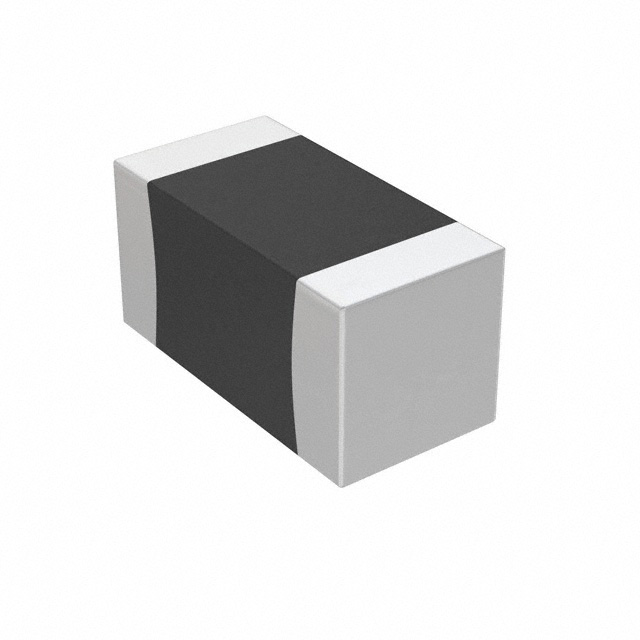Categories
- Aluminum - Polymer Capacitors(30)
Total 30
- 1
- 2
What are Aluminum polymer capacitors?
Aluminum polymer capacitors are similar to conventional electrolytic capacitors. They use aluminum as the electrode material and have an aluminum oxide dielectric layer. They differ because they use a conductive polymer instead of liquid electrolytes. Polymer capacitors are better than aluminum ones, but they cost more and are more sensitive to their environment.
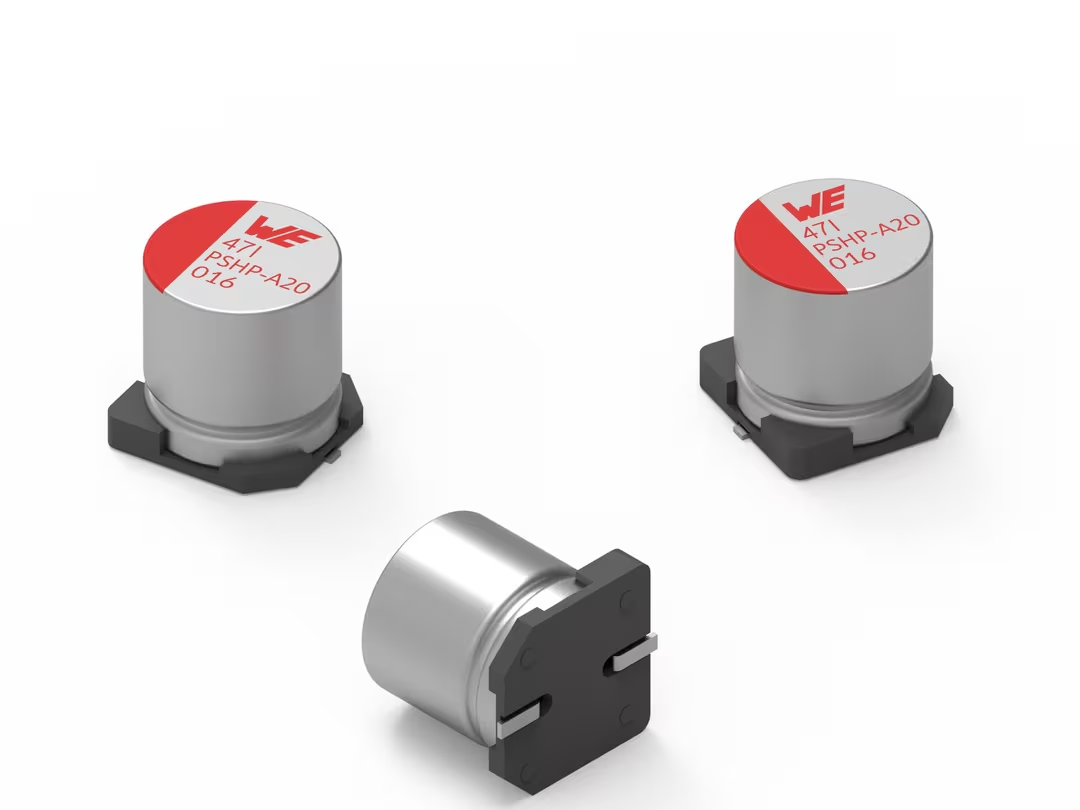
Polymer Aluminum Electrolytic Capacitors vs. Traditional Aluminum Electrolytic Capacitors: Which is the Better Choice?
The answer really comes down to your specific design requirements, as both types of capacitors offer distinct benefits.
Advantages of aluminum electrolytic capacitors:
- Available in higher voltage ratings (up to 600V)
- Significantly more cost-effective for equivalent capacitance and voltage
- Superior leakage current performance compared to polymer capacitors
Advantages of polymer electrolytic capacitors:
- Lower ESR, allowing for higher ripple current tolerance
- No risk of drying out, a common issue with aluminum capacitors
- Longer lifespan and better load life
Filters
ApplyReset All
Attribute column








